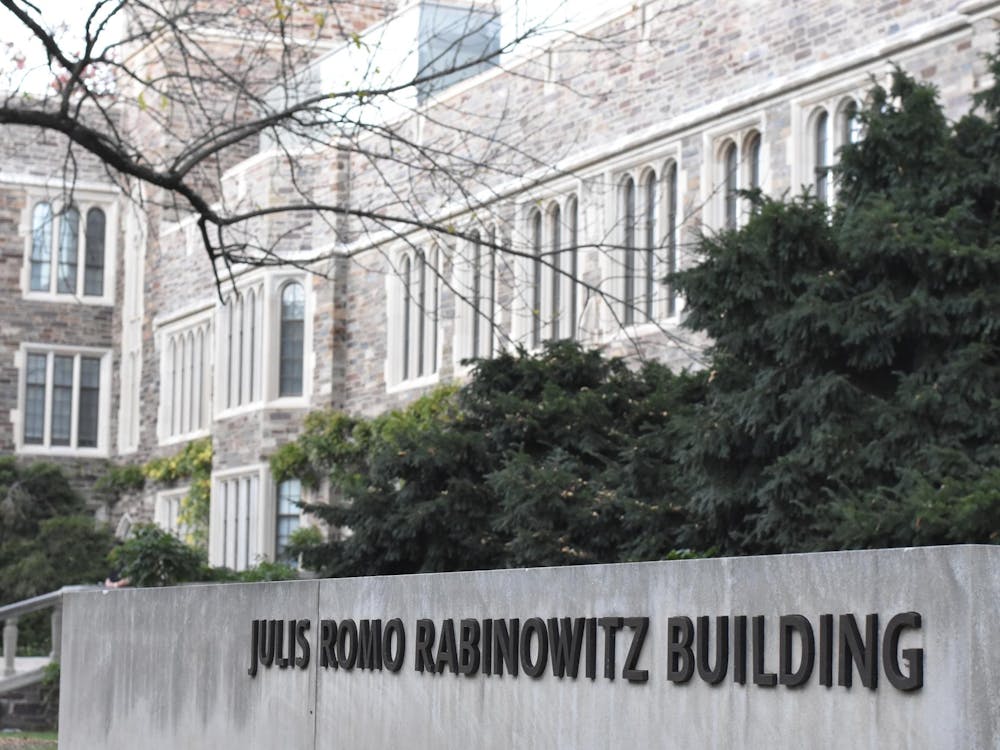When Secretary of State Colin Powell presents the case for Iraq's violation of U.N. Resolution 1441 to the U.N. Security Council tomorrow, it is likely to look more like a string of educated guesses and conclusions drawn from curious happenings than a lawyer's brief. World leaders have come to regard Iraqi noncompliance with resolution 1441 as a threshold condition that could justify military action, but they are unlikely to find out for certain from Secretary Powell's briefing whether or not Iraq is violating the resolution. As intelligence scholar Bruce Berkowitz noted in an oped piece in the Washington Post on Sunday, "Usually intelligence does not offer crystal-clear answers, and we should not hang decisions to go to war or do anything else on its ability to do so." (WP, Outlook, Feb. 2, 2003, p. B5)
The problem is the world has grown accustomed to astonishing technical achievements in wartime that permit air forces to drop precision munitions down chimneys and fly unmanned drones near mountain hideaways to stalk Al Qaeda operatives. The U.S. intelligence community is thus expected to follow suit and produce a complete picture of Saddam Hussein's chemical, biological and nuclear production facilities for Secretary Powell to show the Security Council — nothing less will do.
The media keeps pressing as precedent the remarkable U-2 photographs of Soviet Intermediate Range Ballistic Missiles in Cuba that Ambassador Adlai Stevenson '22 presented to the Security Council in October of 1962 during the Cuban missile crisis. If Secretary Powell's presentation does not live up to this "Stevenson moment" as it is being billed, the U.S. will not meet its burden of proving to the American people and the world that Saddam possesses or is in a position to produce weapons of mass destruction.
The problem is that intelligence very seldom presents such a complete picture and probably won't this time. The reasons for this are pretty straightforward. While nuclear weapons production facilities are difficult to conceal from U.S. satellite photography, biological and chemical weapons laboratories are not. They can be moved from place to place and don't take up much space. We're also talking about an Iraqi land mass the size of the state of California in which to hide them. Without a tipoff from an Iraqi scientist involved in Saddam's weapons program to the U.N. weapons inspectors, we won't be able to pinpoint the location of such a weapons plant. That of course accentuates the importance of human source intelligence; in this case advice from Iraqi personnel who have actually worked in the sites or know their whereabouts. Obviously, this is the last group that Saddam is about to make available to the U.N. weapons inspectors or U.S. intelligence. Even if we had access to such a source we would clearly encounter difficulties in declassifying his information for fear of compromising his identity to Saddam.
So what is Secretary Powell likely to reveal?
Commentators who are watching the situation closely think Powell may share voice intercepts of Iraqi officials talking about having fooled the UN inspectors; perhaps some satellite photos of equipment moving out the back door of an alleged weapons facility while the inspectors walk in the front – but little that is concrete and conclusive on the order of magnitude of Ambassador Stevenson's U-2 photos of 1962.
If that's all we get, will Secretary Powell's briefing be deemed yet another failure of intelligence? Certainly not. What has happened is that we expect too much, given the extraordinary complexity of our technical wizardry in this and other fields; and have forgotten what intelligence normally consists of. Except for intelligence targets that can be photographed from the sky or overheard electronically, national intelligence is most often a judgment based on incomplete data, made by individuals with expertise in the subject area. It is the most educated guess a trained observer can make from a series of clues or pieces of a puzzle that in themselves are seldom definitive. The President, his top advisers, the American people and the world will not be presented a full factual picture but a series of brush strokes which analysts familiar with the subject have determined leads to a discrete conclusion. It is then up to our leaders, politicians, voters and observers worldwide to decide whether this incomplete portrait is enough to show a violation by Iraq of U.N. Resolution 1441 and a possible justification for the commencement of hostilities.
Fredrick P. Hitz is a lecturer in international affairs at the Wilson School. He is a former inspector general of the Central Intelligence Agency.







